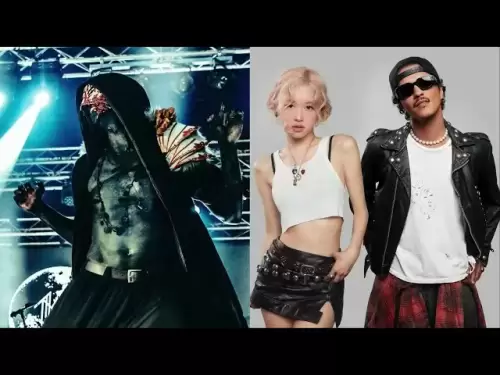-
 Bitcoin
Bitcoin $104,561.1080
-0.62% -
 Ethereum
Ethereum $2,505.5330
-1.13% -
 Tether USDt
Tether USDt $1.0006
0.02% -
 XRP
XRP $2.1213
-0.38% -
 BNB
BNB $640.2743
-1.74% -
 Solana
Solana $142.5336
-2.15% -
 USDC
USDC $1.0000
0.02% -
 Dogecoin
Dogecoin $0.1761
-0.37% -
 TRON
TRON $0.2705
0.14% -
 Cardano
Cardano $0.6166
-2.59% -
 Hyperliquid
Hyperliquid $39.1360
-4.58% -
 Sui
Sui $2.8635
-5.23% -
 Chainlink
Chainlink $12.9891
-1.22% -
 Bitcoin Cash
Bitcoin Cash $422.5275
-2.89% -
 UNUS SED LEO
UNUS SED LEO $9.0835
0.89% -
 Avalanche
Avalanche $18.8386
-1.14% -
 Stellar
Stellar $0.2539
-1.68% -
 Toncoin
Toncoin $2.9283
-1.96% -
 Shiba Inu
Shiba Inu $0.0...01193
0.08% -
 Litecoin
Litecoin $84.5963
-0.37% -
 Hedera
Hedera $0.1520
-2.64% -
 Polkadot
Polkadot $3.7358
-1.05% -
 Ethena USDe
Ethena USDe $1.0003
0.01% -
 Monero
Monero $309.4611
0.29% -
 Dai
Dai $0.9999
0.02% -
 Bitget Token
Bitget Token $4.5041
0.03% -
 Uniswap
Uniswap $7.2168
-2.44% -
 Pepe
Pepe $0.0...01074
-1.38% -
 Pi
Pi $0.5972
5.52% -
 Aave
Aave $272.8718
-2.39%
How to interpret the huge divergent cross star on the day after the daily limit?
The divergent cross star after a daily limit signals potential reversal as doji reflects indecision, supported by divergence in RSI or MACD.
Jun 14, 2025 at 02:35 pm
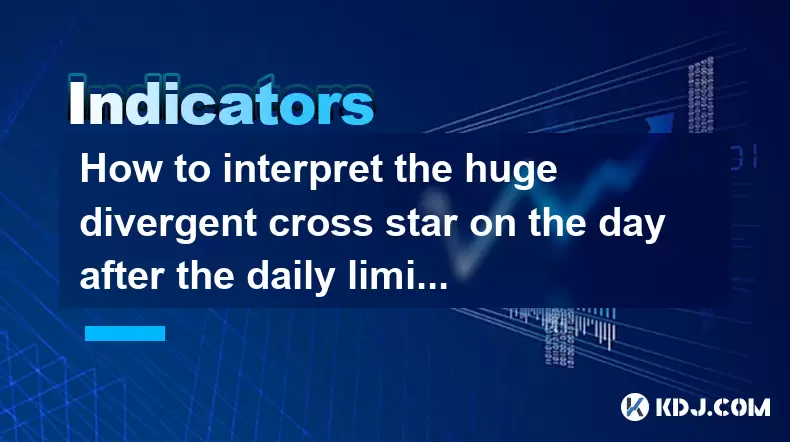
Understanding the Divergent Cross Star Pattern
In the realm of technical analysis within cryptocurrency trading, candlestick patterns are essential tools for predicting price movements. One such pattern is the divergent cross star, which appears as a doji or near-doji candle following a significant price move. When this pattern occurs the day after a daily limit up or down, it can signal important market dynamics.
A daily limit in crypto markets typically refers to a circuit breaker mechanism used by certain exchanges to prevent extreme volatility. When a coin hits its daily limit, trading may be halted or restricted until the next session. The appearance of a divergent cross star immediately afterward often reflects indecision among traders and potential reversal signals.
Divergent cross star essentially combines two elements: divergence and a cross-shaped candlestick (doji).
What Is a Doji and Why Does It Matter?
A doji forms when the opening and closing prices of an asset are nearly identical, creating a small body with long upper and/or lower shadows. This indicates that neither bulls nor bears were able to gain control during the trading session. In the context of a daily limit breakout, the formation of a doji suggests hesitation in the continuation of the trend.
The cross star doji specifically has both upper and lower shadows, resembling a cross. This shape implies strong uncertainty and possible exhaustion of the current momentum. If this occurs right after a daily limit, it could mean that traders who pushed the price to the limit are now facing resistance from opposing forces.
- Long upper shadow indicates rejection at resistance levels.
- Long lower shadow shows support testing but no clear breakdown.
- Small real body highlights equilibrium between buyers and sellers.
Identifying Divergence in Price and Indicators
The term divergence refers to a discrepancy between price action and a technical indicator, most commonly the Relative Strength Index (RSI) or Moving Average Convergence Divergence (MACD). When a coin makes a new high or low in price but the corresponding oscillator does not confirm this movement, it signals weakening momentum.
In the case of a divergent cross star after a daily limit, divergence can be observed through:
- Price reaching a new high/low while RSI fails to exceed previous peaks or troughs.
- MACD line making a lower high even though price continues to rise.
This divergence suggests that despite the aggressive price movement toward the daily limit, underlying strength is fading. The cross star appearing the next day confirms this lack of conviction.
Practical Steps to Analyze This Pattern
To interpret the divergent cross star on the day after a daily limit, follow these steps:
- Confirm the presence of a daily limit — check whether the price hit the maximum allowable move up or down as defined by the exchange.
- Look for a doji or cross star candle immediately following the limit bar.
- Check for divergence using RSI or MACD against the recent price swing.
- Observe volume patterns — a spike followed by contraction may reinforce reversal signs.
- Wait for confirmation from the next candle — a break below the doji’s low (for bearish setups) or above its high (for bullish setups) may indicate direction.
This detailed analysis helps traders avoid false signals and make more informed decisions based on confluence of factors rather than isolated candlestick shapes.
Interpreting Market Psychology Behind the Pattern
The psychological implications behind the divergent cross star after a daily limit are crucial for understanding potential reversals. When a cryptocurrency hits its daily limit, it often triggers a wave of FOMO (fear of missing out) or panic selling, depending on the direction. However, if the next candle is a doji, it suggests that the initial momentum did not attract enough follow-through.
Bullish scenario: After a limit-up, bulls may expect continued gains, but if the next candle closes near its open, it shows that sellers are stepping in aggressively.
Bearish scenario: Following a limit-down, bears might push for further declines, but a cross star doji indicates that buyers are beginning to absorb the pressure.
This tug-of-war sets the stage for a potential reversal, especially if supported by divergent indicators.
Frequently Asked Questions
Q1: Can the divergent cross star appear after both limit-up and limit-down scenarios?
Yes, the pattern can occur after either a limit-up or limit-down. Its significance lies in the combination of the doji candle and divergence, regardless of the direction of the prior move.
Q2: How reliable is this pattern in volatile crypto markets?
While no single pattern is 100% accurate, the divergent cross star becomes more reliable when combined with other tools like volume analysis and oscillators. Volatility increases the need for confirmation before acting on the signal.
Q3: Should I place trades immediately upon seeing this pattern?
It's generally advisable to wait for confirmation from the subsequent candle or additional indicators before entering a trade. Immediate entry without confirmation increases the risk of false signals.
Q4: What timeframes are best suited for analyzing this pattern?
This pattern works well on higher timeframes like 4-hour or daily charts. Shorter timeframes may produce too many false signals due to increased noise and volatility in crypto markets.
Disclaimer:info@kdj.com
The information provided is not trading advice. kdj.com does not assume any responsibility for any investments made based on the information provided in this article. Cryptocurrencies are highly volatile and it is highly recommended that you invest with caution after thorough research!
If you believe that the content used on this website infringes your copyright, please contact us immediately (info@kdj.com) and we will delete it promptly.
- SUI Grows 70%, But Ruvi AI (RUVI) Is Predicted to 1500% At Launch
- 2025-06-15 04:55:12
- Spot Ethereum (ETH) ETFs Will See Minimal Inflows Unless Ether Price Rallies: Analyst
- 2025-06-15 04:55:12
- 21Shares Files a 19b-4 Form with the SEC to Launch a Dogecoin (DOGE) Exchange-Traded Fund (ETF)
- 2025-06-15 04:50:13
- The Royal Canadian Mint earns global industry recognition for a double-sided Extraordinarily High Relief pure silver coin celebrating the Year of the Dragon and its collaboration with McGill University on a more environement
- 2025-06-15 04:50:13
- Which Coins Are Actually Moving the Needle in 2025?
- 2025-06-15 04:45:13
- USD1 Stablecoin Backed by Trump-Affiliated World Liberty Financial Just Surpassed $1B Market Cap
- 2025-06-15 04:45:13
Related knowledge
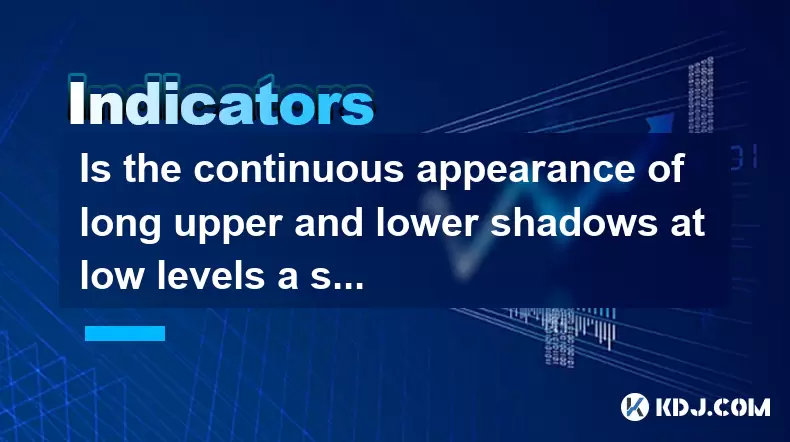
Is the continuous appearance of long upper and lower shadows at low levels a signal of accumulation?
Jun 15,2025 at 01:43am
Understanding Long Upper and Lower Shadows in Candlestick ChartsIn the world of cryptocurrency trading, candlestick patterns are widely used to analyze price movements. A long upper shadow, also known as a wick or tail, indicates that the price rose significantly during the period but was pushed back down by selling pressure. Conversely, a long lower sh...
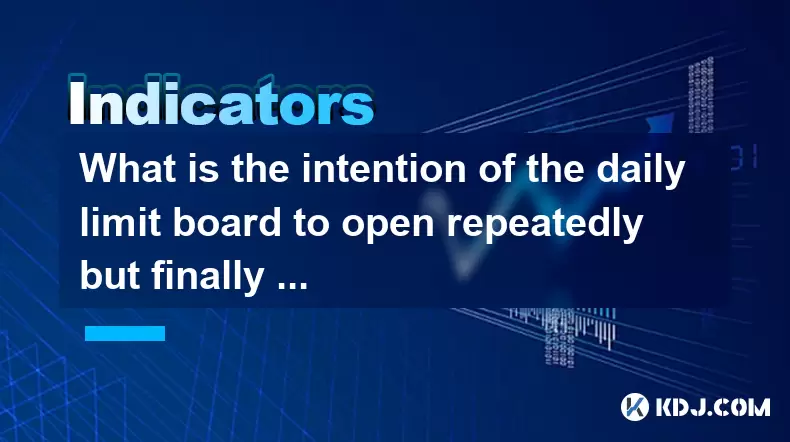
What is the intention of the daily limit board to open repeatedly but finally close?
Jun 15,2025 at 01:08am
Understanding the Daily Limit Board in Cryptocurrency TradingIn cryptocurrency trading, a daily limit board refers to a price movement restriction mechanism applied by certain exchanges or regulatory bodies. This mechanism is primarily used to prevent extreme volatility and panic selling or buying during periods of intense market fluctuation. When an as...

How to calculate the probability of trend continuation after the MACD column divergence?
Jun 14,2025 at 08:01am
Understanding MACD Column DivergenceThe Moving Average Convergence Divergence (MACD) is a widely used technical indicator in cryptocurrency trading. The MACD column, also known as the histogram, represents the difference between the MACD line and the signal line. When price makes a new high or low but the MACD histogram does not confirm this movement, a...
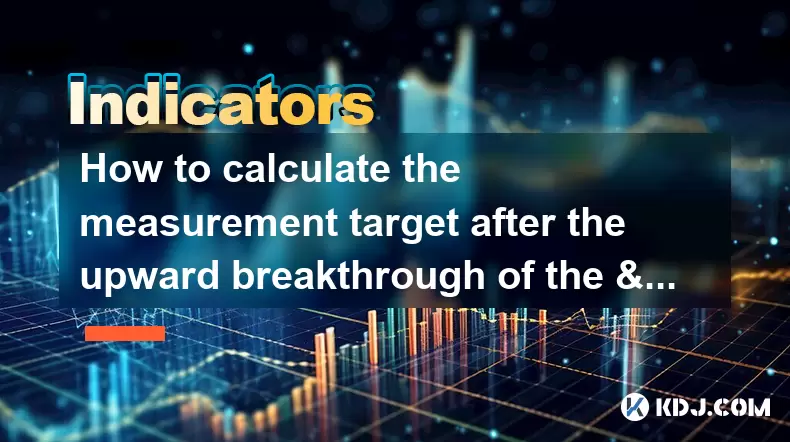
How to calculate the measurement target after the upward breakthrough of the "descending wedge"?
Jun 15,2025 at 05:00am
Understanding the Descending Wedge PatternA descending wedge is a technical analysis pattern typically found in price charts of cryptocurrencies. It is characterized by two converging trendlines: one drawn along a series of lower highs (resistance) and another connecting a series of higher lows (support). This pattern usually indicates a potential bulli...

What are the volume requirements for adjusting the K line in the "rising three methods" pattern?
Jun 14,2025 at 07:50am
Understanding the 'Rising Three Methods' Pattern in Cryptocurrency TradingThe 'rising three methods' pattern is a bullish continuation candlestick formation that traders often use to identify potential upward momentum in cryptocurrency price charts. This pattern typically appears during an uptrend and suggests that the trend is likely to continue after ...
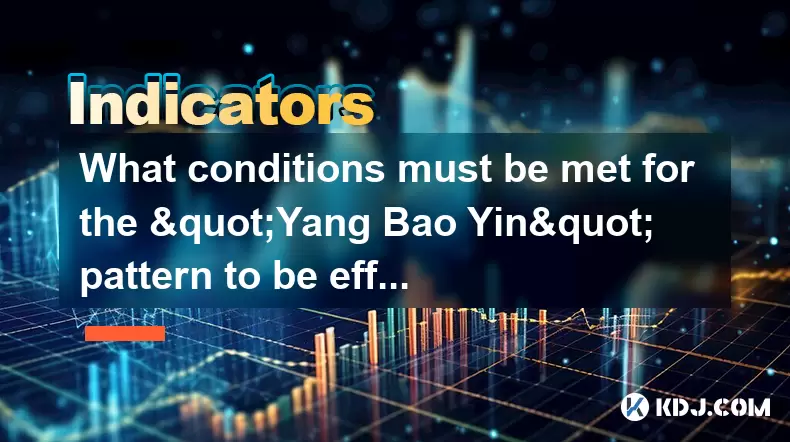
What conditions must be met for the "Yang Bao Yin" pattern to be effective?
Jun 14,2025 at 06:42am
Understanding the 'Yang Bao Yin' Pattern in Cryptocurrency TradingThe Yang Bao Yin pattern is a candlestick formation commonly observed in technical analysis within the cryptocurrency market. This pattern typically signals a potential bullish reversal after a downtrend. However, for this pattern to be effective and reliable, certain conditions must be m...

Is the continuous appearance of long upper and lower shadows at low levels a signal of accumulation?
Jun 15,2025 at 01:43am
Understanding Long Upper and Lower Shadows in Candlestick ChartsIn the world of cryptocurrency trading, candlestick patterns are widely used to analyze price movements. A long upper shadow, also known as a wick or tail, indicates that the price rose significantly during the period but was pushed back down by selling pressure. Conversely, a long lower sh...

What is the intention of the daily limit board to open repeatedly but finally close?
Jun 15,2025 at 01:08am
Understanding the Daily Limit Board in Cryptocurrency TradingIn cryptocurrency trading, a daily limit board refers to a price movement restriction mechanism applied by certain exchanges or regulatory bodies. This mechanism is primarily used to prevent extreme volatility and panic selling or buying during periods of intense market fluctuation. When an as...

How to calculate the probability of trend continuation after the MACD column divergence?
Jun 14,2025 at 08:01am
Understanding MACD Column DivergenceThe Moving Average Convergence Divergence (MACD) is a widely used technical indicator in cryptocurrency trading. The MACD column, also known as the histogram, represents the difference between the MACD line and the signal line. When price makes a new high or low but the MACD histogram does not confirm this movement, a...

How to calculate the measurement target after the upward breakthrough of the "descending wedge"?
Jun 15,2025 at 05:00am
Understanding the Descending Wedge PatternA descending wedge is a technical analysis pattern typically found in price charts of cryptocurrencies. It is characterized by two converging trendlines: one drawn along a series of lower highs (resistance) and another connecting a series of higher lows (support). This pattern usually indicates a potential bulli...

What are the volume requirements for adjusting the K line in the "rising three methods" pattern?
Jun 14,2025 at 07:50am
Understanding the 'Rising Three Methods' Pattern in Cryptocurrency TradingThe 'rising three methods' pattern is a bullish continuation candlestick formation that traders often use to identify potential upward momentum in cryptocurrency price charts. This pattern typically appears during an uptrend and suggests that the trend is likely to continue after ...

What conditions must be met for the "Yang Bao Yin" pattern to be effective?
Jun 14,2025 at 06:42am
Understanding the 'Yang Bao Yin' Pattern in Cryptocurrency TradingThe Yang Bao Yin pattern is a candlestick formation commonly observed in technical analysis within the cryptocurrency market. This pattern typically signals a potential bullish reversal after a downtrend. However, for this pattern to be effective and reliable, certain conditions must be m...
See all articles





















